Here’s what you should look out for when choosing an anti-slip flooring solution, and some top tips to laying your slip resistant composite decking for the best results.
If you’re considering composite decking, we’re guessing it may be because you’ve come to realise the many pitfalls that come with purchasing timber decking? (Still weighing up the pros versus the cons of traditional timber? Head to our composite decking vs wood page where we’ve broken down the 5 key advantages)!
We’ve done the research so you don’t have to…
In a recent survey, we asked 100 customers why they chose NeoTimber® composite decking. Results show that their decision to go with NeoTimber® was based on three things: price, quality, and durability.
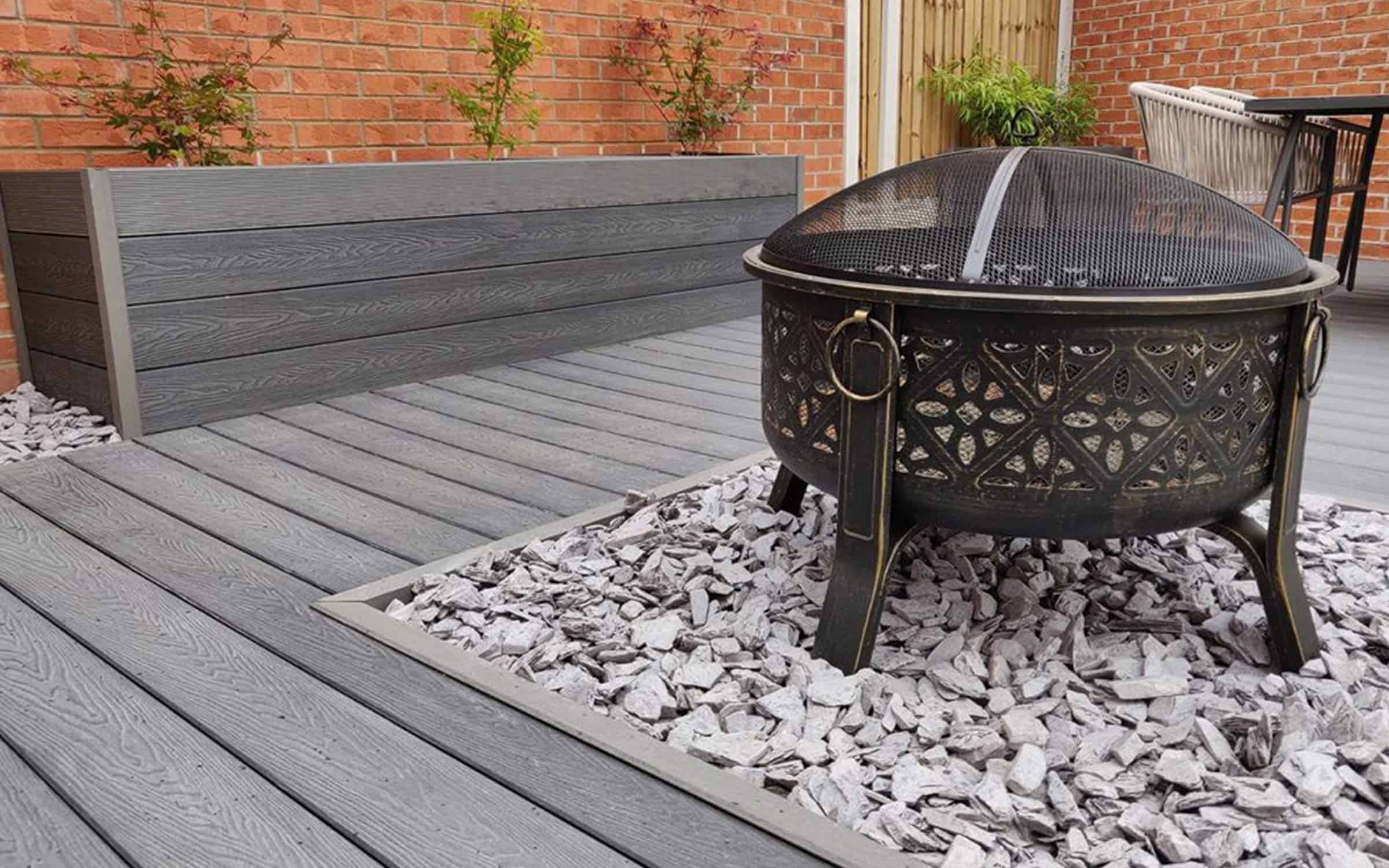
We also asked our customers what would be their main concern when purchasing an outdoor flooring solution. 41% of customers answered slip rating, with 68% of those stating they’d be willing to spend more for an anti-slip composite decking board.
We’d have to agree with our customers on this one if you’re searching for an outdoor flooring solution, we’d argue slip resistance is an important factor. While no solution will provide you with a 100% non-slip composite decking board, NeoTimber’s range of anti-slip composite decking might just be the closest thing you can get to it.
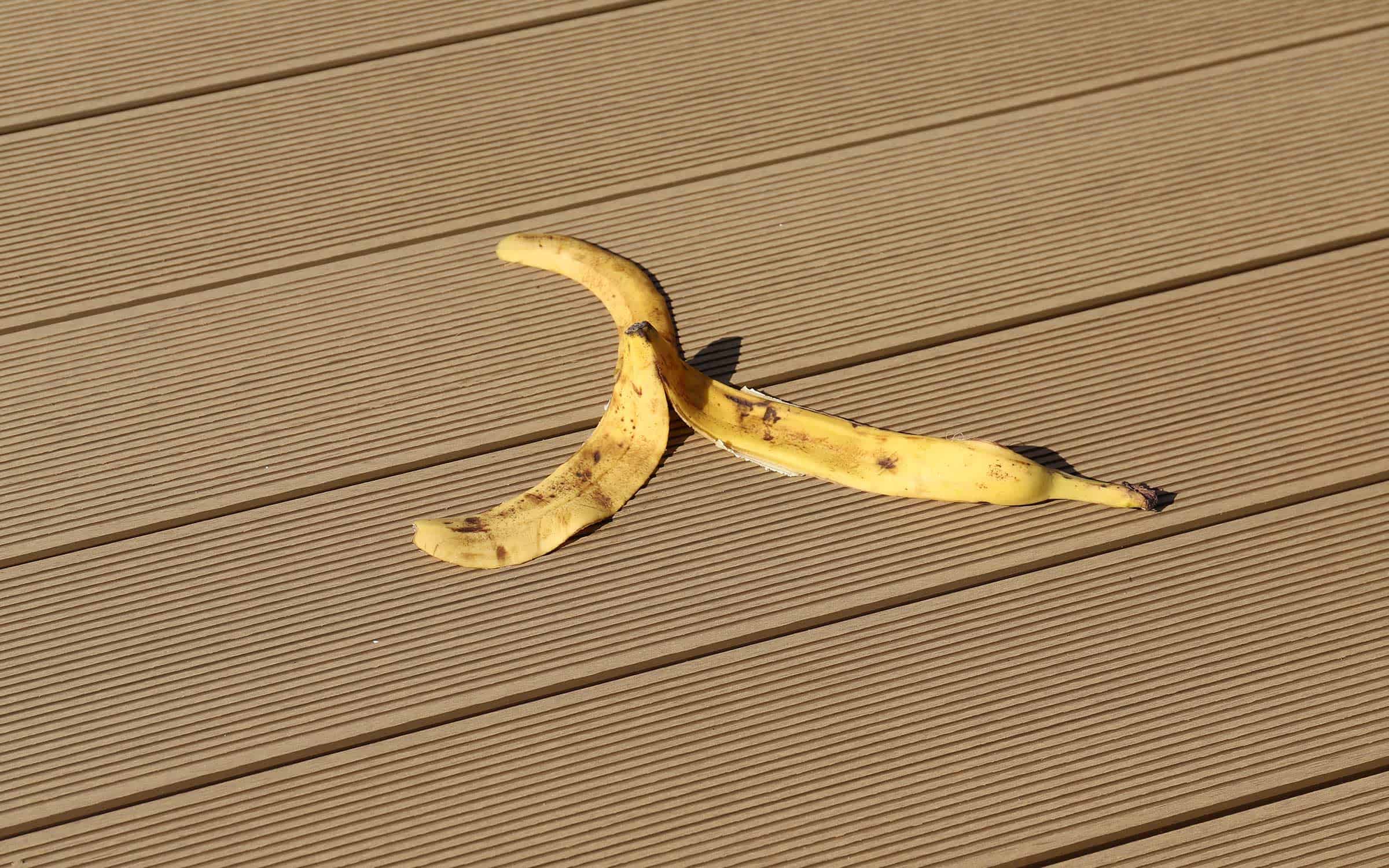
After evaluating customer feedback, we challenged our product team to engineer a deck board with increased low slip potential and our product testing reports show that they’ve done exactly that with our ranges of non-slip decking. All of our ranges have gone through extensive testing, in order to achieve accurate, real-life performance data. Take a glance over our product technical specifications to find out for yourself how our non-slip decking performs.
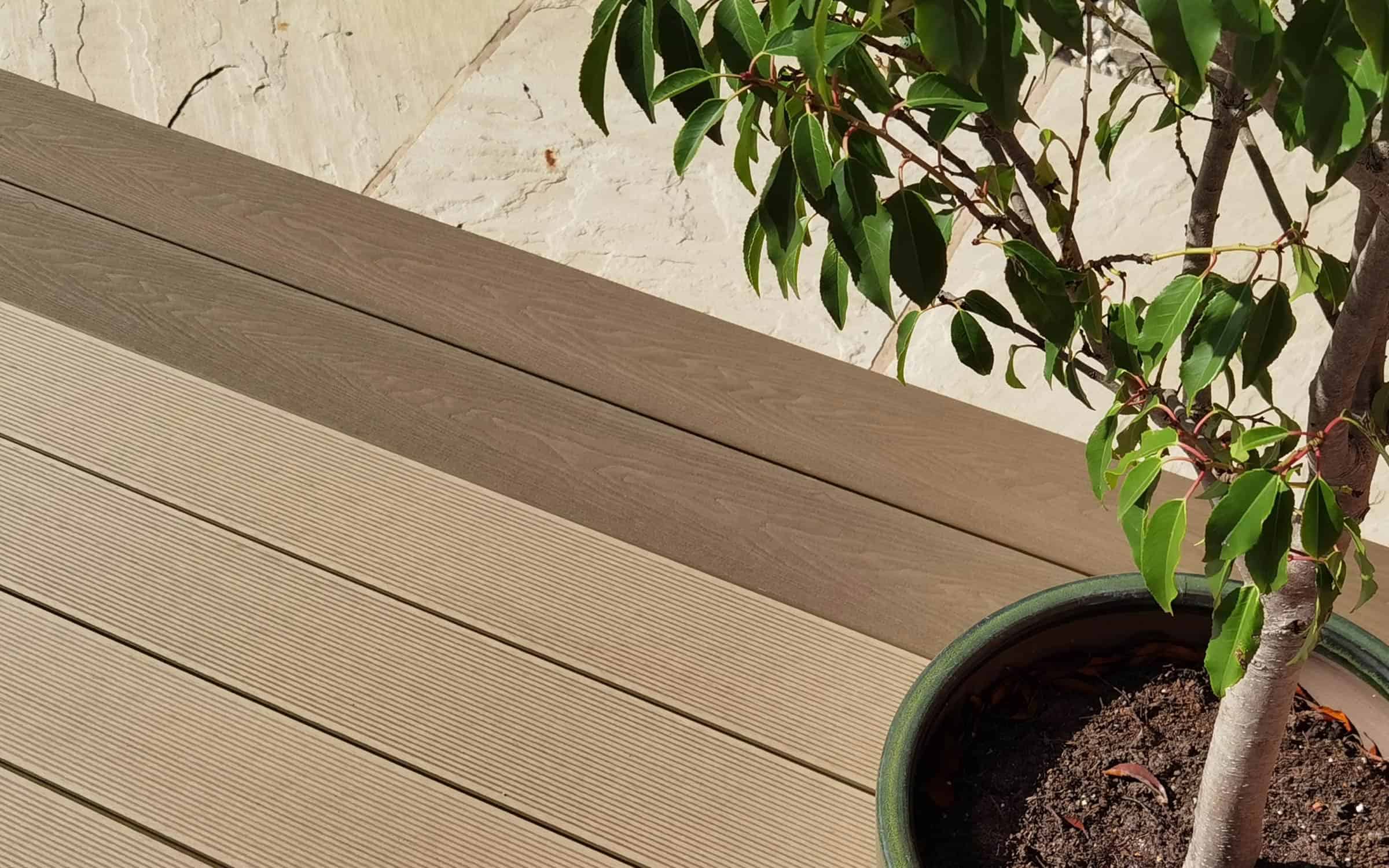
Slip Resistant Composite Decking – Grooves Over Woodgrain
Results show that if you’re looking for enhanced slip resistance from your non-slip composite decking then to opt for grooves over woodgrain. The grooved side of the board outperforms the woodgrain side when wet (which lets face it, the English weather often is!).
Slip Resistant Composite Decking – Traditional Over Capped
Our traditional ranges of non-slip composite decking are generally more slip-resistant than our capped ranges. The etched finish of our woodgrain texture is deeper and more textured on the Essential and Classic board, as opposed to the Advanced and Deluxe ranges. That being said, we have made the quality assured commitment that all our boards come equipped with a deep, textured woodgrain finish, which benefits both their aesthetics and their performance! By removing flat spots – we’ve increased friction, resulting in a more slip resistant composite decking board.
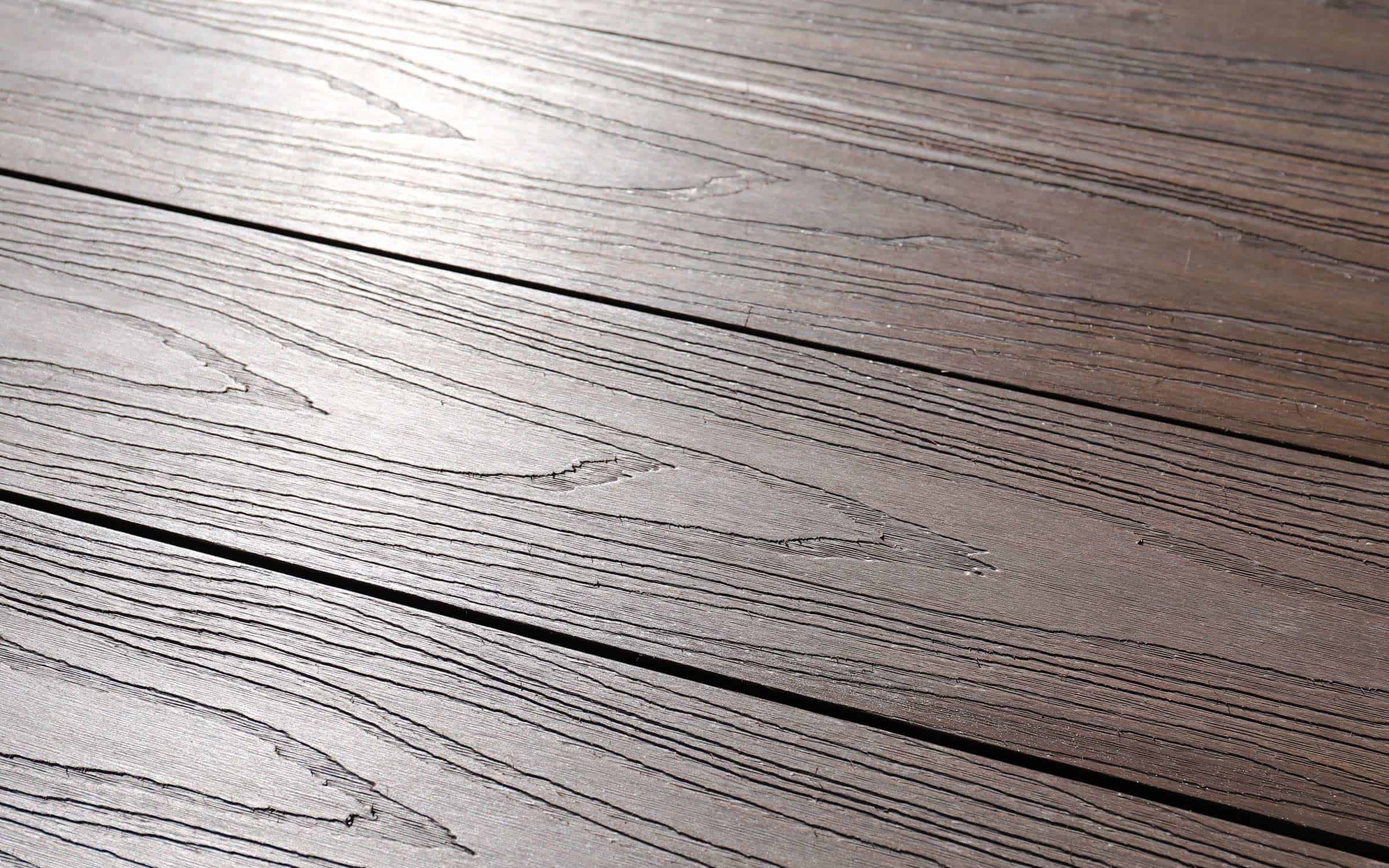
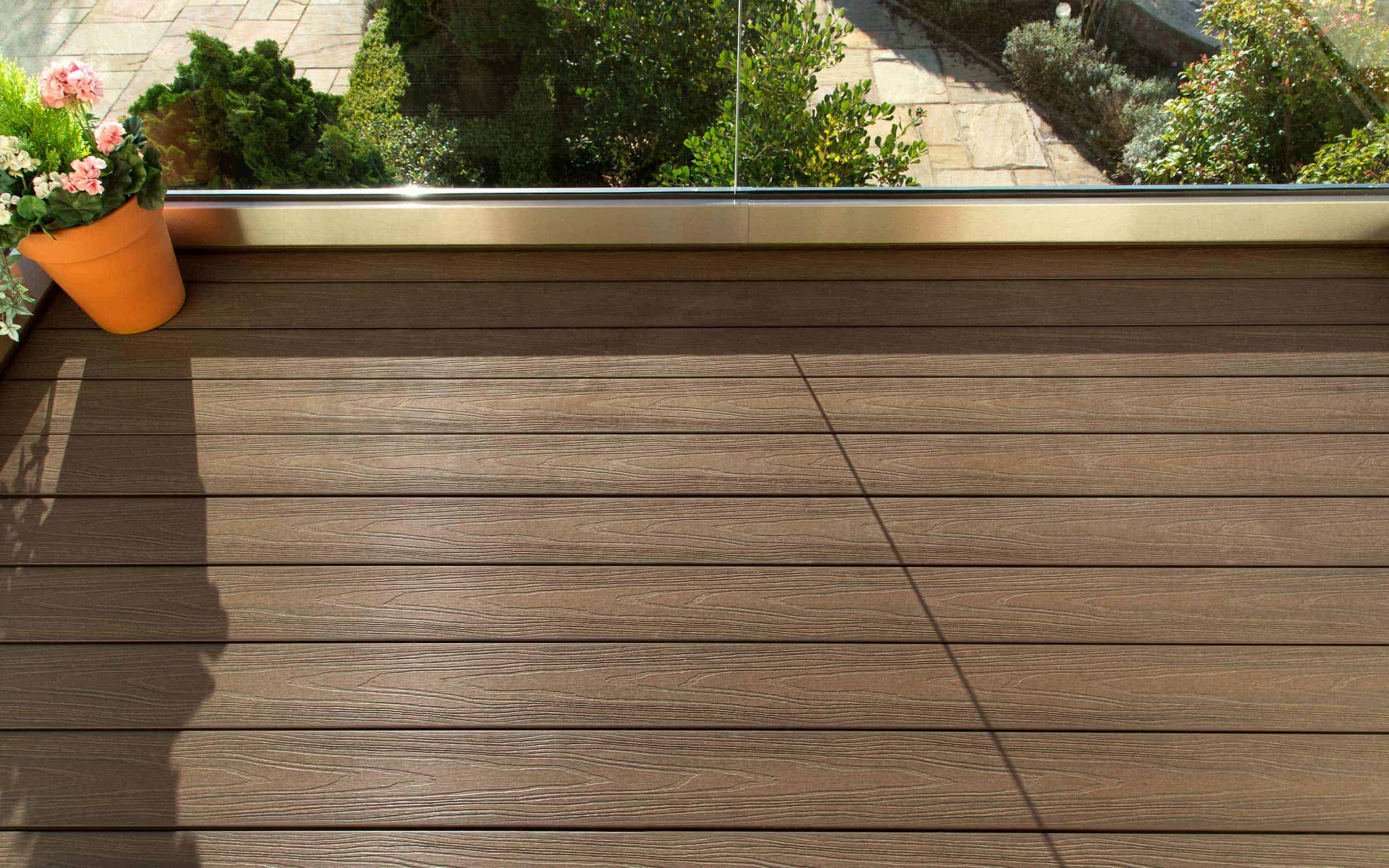
Horizontal Over Longitudinal
The way in which you lay your non-slip composite decking will enhance the slip-resistant capabilities of the boards. Laying your boards perpendicular to the general direction of footfall will elevate the low slip potential of your deck area.
Material Make-Up & Composition
All of our composite deck boards are comprised of a unique blend of recycled plastic and timber fibres, which enhances their resistance to the damaging effects of the outdoor environment. Algae, mould, and mildew are typically slippery materials which usually target a traditional timber deck. Our non-slip decking boards are engineered to resist the damaging effects of algae growth which can often instigate the demise of traditional timber decks and leaving them feeling like an ice rink!
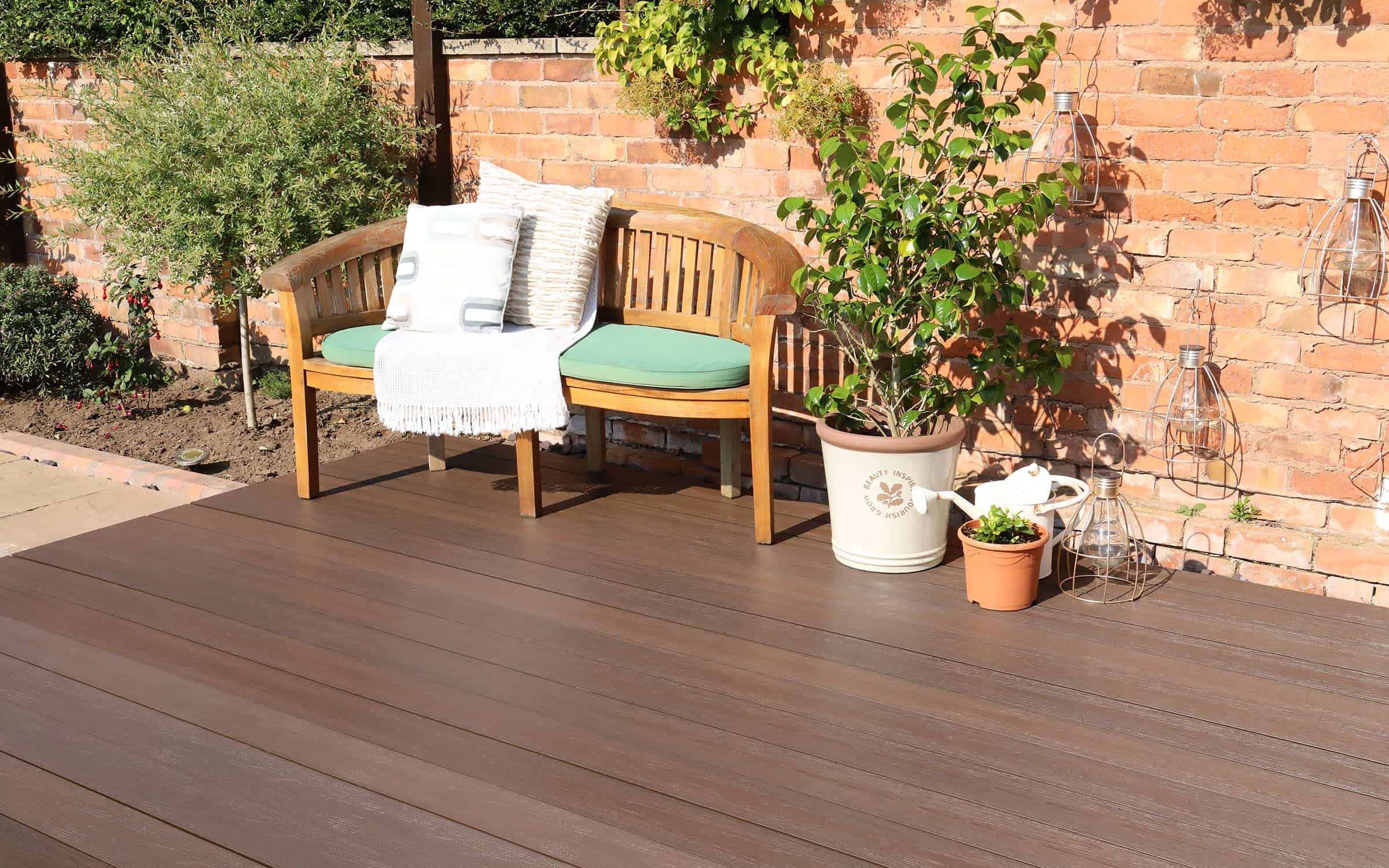
Need Further Support or Advice?
If you’ve still got questions that have not been answered here, or you would like additional advice,
support or assistance then please give one of our friendly experts a call and we’ll be happy to help.
Just give us a call on 01530 382 180.
